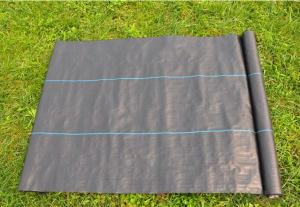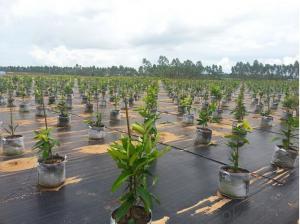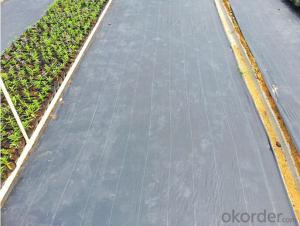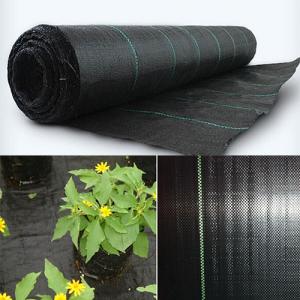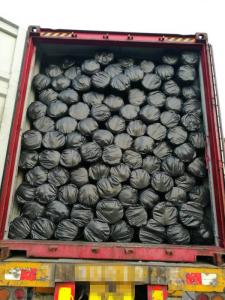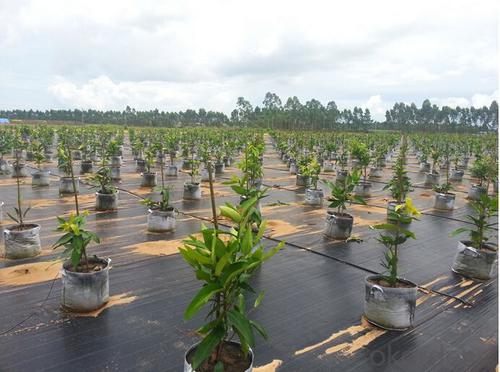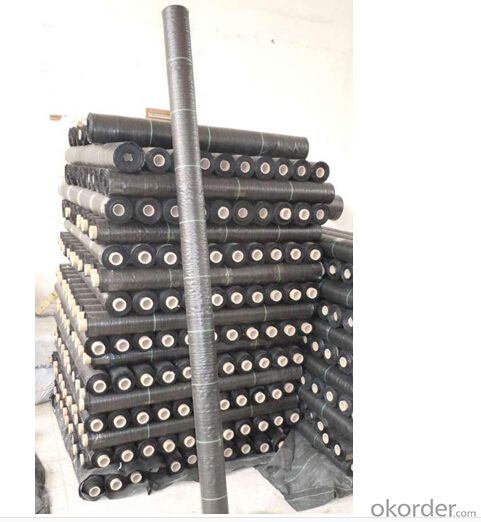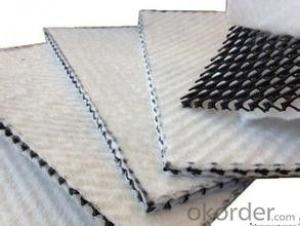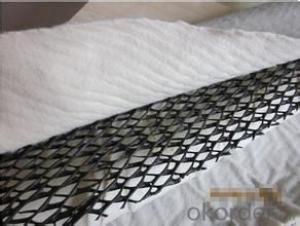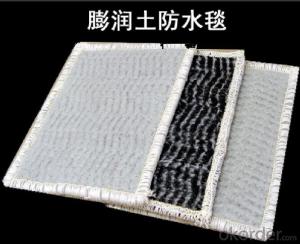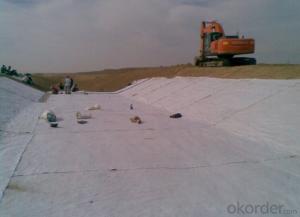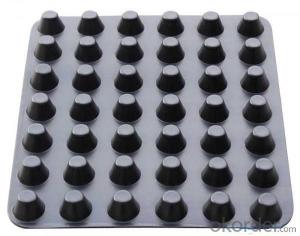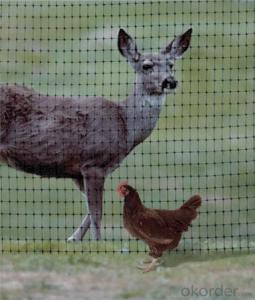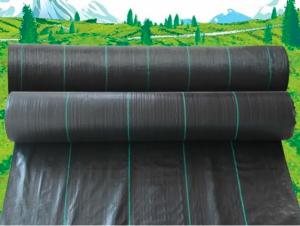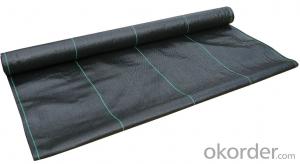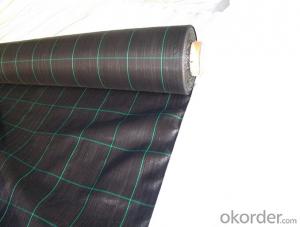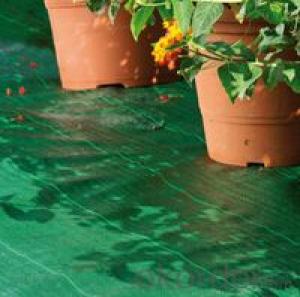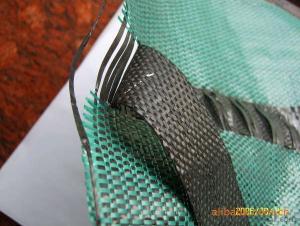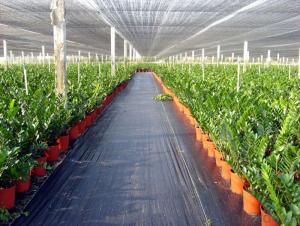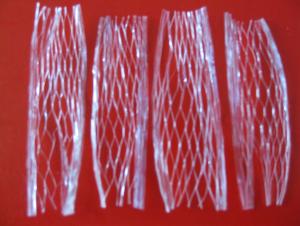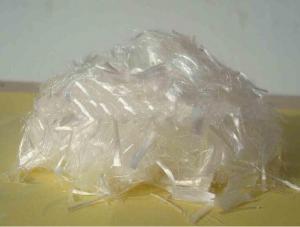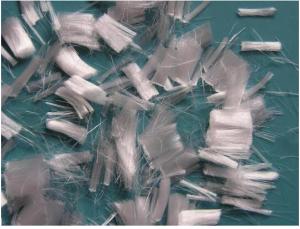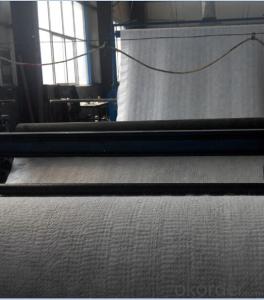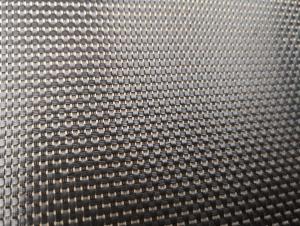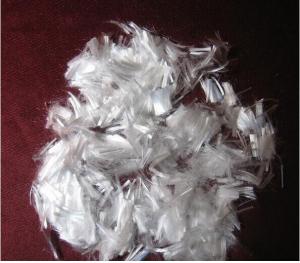PP Weed Mat/Anti Weed Mat/Weed Barrier Fabric
- Loading Port:
- Qingdao
- Payment Terms:
- TT or LC
- Min Order Qty:
- 100000 m²
- Supply Capability:
- 1000000 m²/month
OKorder Service Pledge
OKorder Financial Service
You Might Also Like
Specification
1. Introduction of Anti Weed Mat
Weed block landscape fabric not only prevents weeds,it encourage root growing by keep soil moist and cool.Made of UVtreated polypropylene,this costeffective weed control fabric feteures allow the free flow of air, water and nutrients to the soil while blocking sunlight and weeds.
Weed block helps minimize your yard work since it stops weeds from growing .You do not have to use
herbicides,which can damage your lawn and cause harm to children and animals.Made of polypropylenematerial ,weed block is easily cut to fit in your garden or hard landscape areas.
2. Technical Data Sheet of Anti Weed Mat
Norms | Weight(ASTM D 3776:2009):g/m2 | 120 | 140 | 160 | 170 | |
Tensile strength(ASTM D 4632:2008,C.R.E,grab method:N(lbf)) | Warp | 370(83) | 490(110) | 500(112) | 505(113) | |
Weft | 249(56) | 320(70) | 290(65) | 335(75) | ||
Elongation (ASTM D 4632:2008 C.R.E grab method 100%) | Warp | 7.3 | 11 | 9.9 | 13.9 | |
Weft | 5.7 | 7 | 7.4 | 9.1 | ||
Tearing strength(ASTM D 4533:2011 C.R.E, Trapezoid method:N(lbf)) | 120(27) | 140(31)
| 150(34) | 170(38) | ||
98(22) | 110(25) | 110(25) | 155(35) | |||
Bursting strength ASTM D 3786:2009,Hydraulic method:KPa(psi) | 923(134) | 1480(215) | 1280(186) | 1590(159) | ||
Puncture resistance ASTM D 4833:2007,C.R.E,N(lbf) | 230(52) | 275(60 | ||||
3. Function of Anti Weed Mat
Chemical free
Effective weed control
Allow air ,water and nutrients to reach the soil and the plant roots
Very resistant to puncture
Easy to install
Raise quantity and quality of crops
4. Application of Anti Weed Mat
1). Weed block for landscaped garden beds
2). Permeable liners for planters (stops soil erosion)
3). Weed control under wooden decking
4). Geotextile for separating aggregate / soils under walkway blocks or bricks
5). Assists in preventing paving from settling unevenly
6). Landscape fabric prevents soil erosion
5. Product photo of PP Woven Geotextile
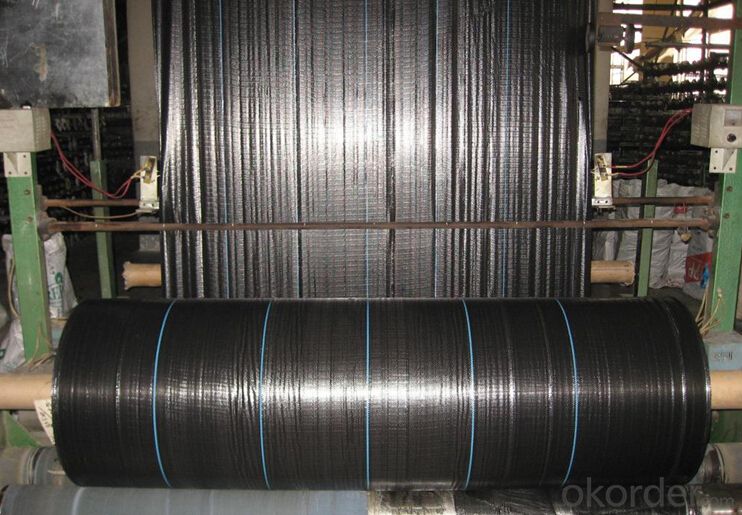
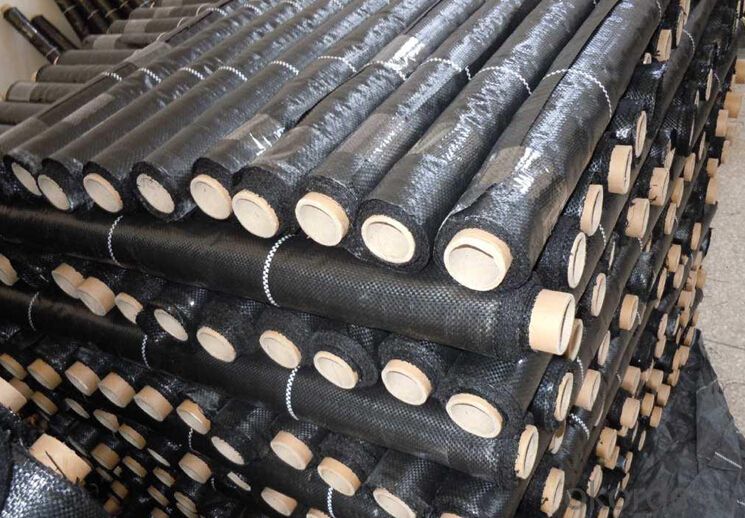
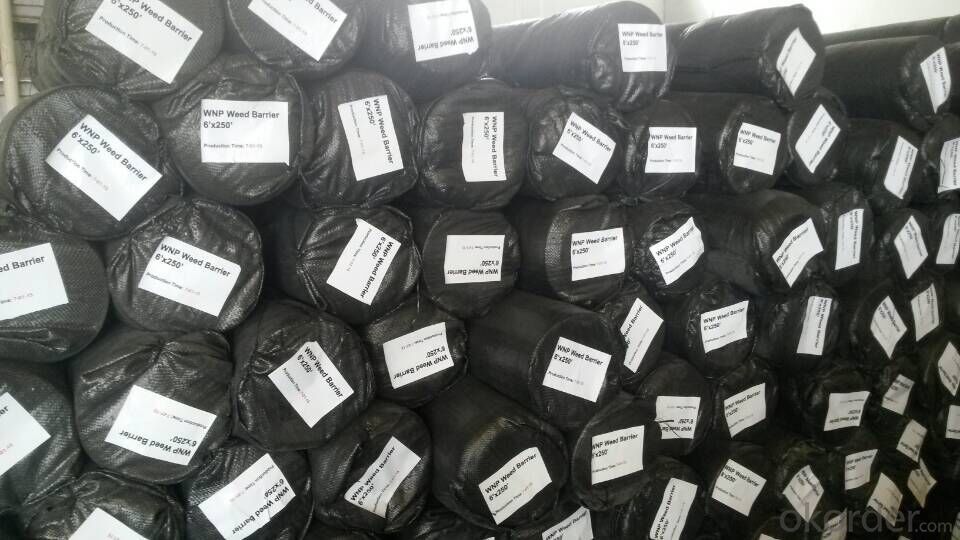
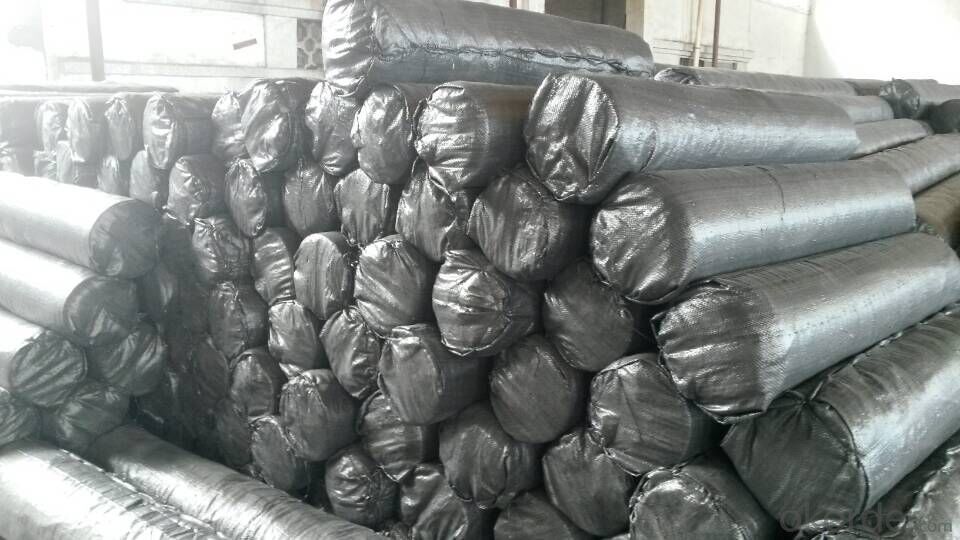
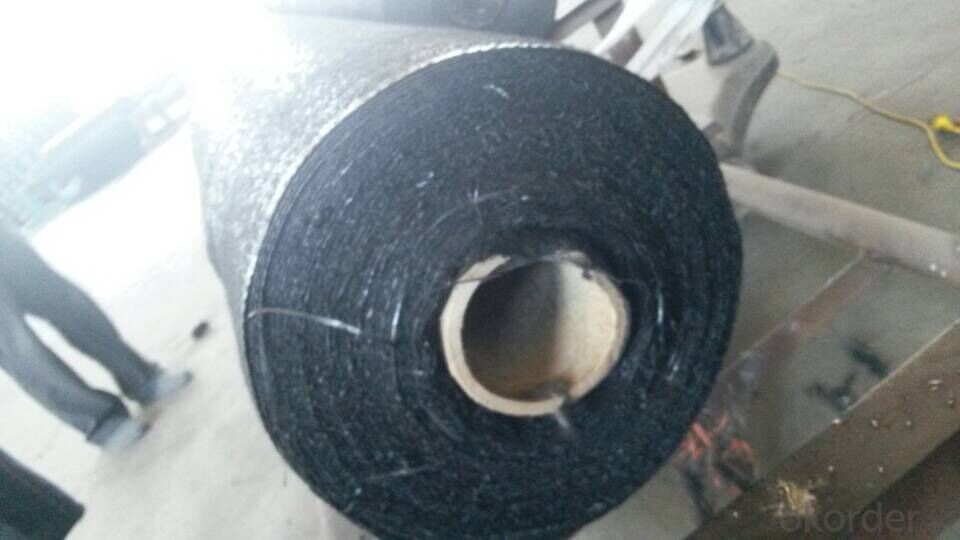
- Q: What are the different types of geotextile fabric properties?
- The different types of geotextile fabric properties include filtration, separation, drainage, reinforcement, and protection.
- Q: Are earthwork products suitable for constructing pedestrian bridges?
- Yes, earthwork products can be suitable for constructing pedestrian bridges. Earthwork materials such as soil, rocks, and gravel can be used as a foundation for building the bridge. Additionally, these materials can be used to create retaining walls, embankments, and approach ramps for the bridge, ensuring stability and accessibility for pedestrians.
- Q: Can earthwork products be used for creating outdoor kitchens?
- Yes, earthwork products can be used for creating outdoor kitchens. Earthwork products such as natural stones, bricks, and concrete can be utilized for building the foundation, countertops, and other structural elements of an outdoor kitchen. These materials offer durability, strength, and a natural aesthetic that complements the outdoor environment. Additionally, earthwork products can be shaped and designed to accommodate various features like grills, sinks, and storage areas, making them suitable for constructing functional and visually appealing outdoor kitchens.
- Q: Can earthwork products be used in both residential and commercial projects?
- Yes, earthwork products can be used in both residential and commercial projects. Earthwork products such as excavation, grading, and soil stabilization materials are essential in preparing the ground for construction, regardless of the scale or purpose of the project. Whether it is for building homes, office buildings, or infrastructure projects, earthwork products play a crucial role in ensuring a stable and well-prepared foundation for construction.
- Q: What are the different types of geosynthetic reinforcements for bridge abutments?
- There are several types of geosynthetic reinforcements that can be used for bridge abutments. Some common types include geotextiles, geogrids, and geocomposites. Geotextiles are permeable fabrics that provide separation and filtration properties. Geogrids are high-strength materials that provide soil reinforcement and enhance stability. Geocomposites combine the characteristics of both geotextiles and geogrids, offering multiple benefits such as soil separation, reinforcement, and drainage. The choice of geosynthetic reinforcement depends on the specific requirements and conditions of the bridge abutment project.
- Q: Can earthwork products be used for constructing stormwater detention ponds?
- Yes, earthwork products such as soil, clay, and gravel can be used for constructing stormwater detention ponds. These materials are commonly used to create the embankments and basins required for stormwater management. Additionally, geosynthetic products like geotextiles and geogrids can be incorporated to enhance the stability and performance of the detention pond.
- Q: What are the benefits of using geotextile bags?
- Geotextile bags offer several benefits, such as erosion control, sediment containment, and shoreline protection. These bags are designed to withstand harsh environmental conditions and can effectively reduce soil erosion by stabilizing slopes and preventing sediment runoff. Additionally, geotextile bags can be used for coastal protection, acting as a barrier against wave energy and minimizing shoreline erosion. Overall, their versatility, durability, and cost-effectiveness make geotextile bags a valuable solution for various construction and environmental projects.
- Q: What are the benefits of using geotextile tubes for dewatering?
- Geotextile tubes offer several benefits for dewatering projects. Firstly, they provide a cost-effective solution compared to traditional methods like mechanical dewatering. They can be easily transported and deployed, reducing labor and equipment costs. Secondly, geotextile tubes are efficient in separating solids from liquids, allowing for faster dewatering and reduced drying time. They also have a high capacity for retaining solids, minimizing the need for additional disposal sites. Lastly, geotextile tubes are environmentally friendly, as they help in sediment control and prevent contaminants from entering nearby water bodies.
- Q: Can earthwork products be used for constructing wildlife habitats?
- Yes, earthwork products can be used for constructing wildlife habitats. Earthwork products such as soil, gravel, and rocks can be used to create various features in wildlife habitats, including mounds, berms, ponds, and burrows. These features can provide shelter, nesting sites, and foraging opportunities for different species of wildlife. Additionally, earthwork products can be used to shape the landscape, creating diverse topography that supports a wide range of habitats and ecosystems for wildlife.
- Q: What is the course of civil engineering materials?
- First of all, if you are studying the basic nature of the most basic civil materials (such as concrete, gravel, etc.), how these materials such as mix ratio and particle size affect their performance, as well as the details of these materials Division, after learning this has a general understanding of this.
Send your message to us
PP Weed Mat/Anti Weed Mat/Weed Barrier Fabric
- Loading Port:
- Qingdao
- Payment Terms:
- TT or LC
- Min Order Qty:
- 100000 m²
- Supply Capability:
- 1000000 m²/month
OKorder Service Pledge
OKorder Financial Service
Similar products
Hot products
Hot Searches
Related keywords
